After a legal case running for approximately five years, a farming partnership from Co Down has won a ruling against the HMRC in relation to agricultural flat-rate VAT.
Shields and Sons partnership, which is a major beef finisher based in the Castlewellan area, took the case after being excluded by HMRC from the scheme in October 2012. However, after a legal battle that went to the European Court of Justice, a high court judge has now ruled in their favour, ordering that HMRC pays costs of the appeal, and reinstates Shields’ flat-rate VAT certificate from the date it was withdrawn, namely 15 October 2012.
Invoices
It means that Shields will be able to issue flat-rate invoices retrospectively. That alone is likely to cost HMRC several hundred thousand pounds.
On enquiry, a spokesperson for HMRC was unable to confirm the exact amount or give any detail on the wider implications of the ruling.
“We are naturally disappointed with the tribunal decision but will work closely with stakeholders to agree the best way forward,” said the spokesperson.
The HMRC is yet to publish a revised edition of VAT Notice 700/46 to reflect the court decision. But no doubt the case sets an important precedent that others could quote.
It is understood that Shields was not the only business removed from flat-rate VAT at the time. “HMRC will consider any reasons submitted for seeking a review of individual past decisions, in line with legislation,” confirmed the HMRC spokesperson.
In total there are approximately 1,700 traders certified under the agricultural flat-rate scheme across the UK. A number of those are in NI, and mainly beef finishers who have set up a separate business through which they slaughter cattle. Under the rules of the scheme, a farmer registered for flat-rate VAT can’t claim VAT back on inputs (cattle purchases or concentrate feed is zero-rated in any event), but in return can charge 4% VAT on outputs to VAT-registered businesses (such as meat plants), who then claim repayment off HMRC.
At current prices, 4% on a finished animal is probably worth an additional £40 to £60 per head. It is understood that a number of farmers in other sectors, including dairy, are also currently looking at joining the scheme.
HMRC guidance currently states that it can refuse an application to be certified for flat-rate VAT if a farmer stands to gain more than £3,000 in the year following an initial application.
In the case of Shields, the business realised a net benefit (over a normal VAT registration) in its first year of only £544.49. However, in the four years up to when the business was excluded from the scheme in 2012, the net benefit worked out at over £104,000 per year.
On 15 October 2012, HMRC wrote to Shields and Sons informing the partnership that it had been excluded from the scheme because it had received a net benefit that would be much greater than under a normal VAT registration.
Review
A review of that decision was subsequently upheld, with the partnership then taking an appeal to a first-tier tribunal (part of UK court system). That appeal was dismissed in 2014. An appeal of the decision was heard in an upper tribunal,and, in 2016, the presiding High Court judge, Mr Justice Nugee, decided to seek a view from the European Court of Justice. In October 2017, the European court found in favour of Shields. It confirmed that the UK cannot remove individual farmers from flat-rate VAT where they are simply recovering more using the scheme than they would under normal VAT arrangements.
In light of that advice, Justice Nugee has now ruled to allow the appeal, directing that HMRC reinstates Shields’ flat-rate certificate back to October 2012, allow the business to issue retrospective invoices, and awarding Shields its costs of the appeal.
Read more
Eddie Downey speaks out on the IFA – Pat Smith settlement
After a legal case running for approximately five years, a farming partnership from Co Down has won a ruling against the HMRC in relation to agricultural flat-rate VAT.
Shields and Sons partnership, which is a major beef finisher based in the Castlewellan area, took the case after being excluded by HMRC from the scheme in October 2012. However, after a legal battle that went to the European Court of Justice, a high court judge has now ruled in their favour, ordering that HMRC pays costs of the appeal, and reinstates Shields’ flat-rate VAT certificate from the date it was withdrawn, namely 15 October 2012.
Invoices
It means that Shields will be able to issue flat-rate invoices retrospectively. That alone is likely to cost HMRC several hundred thousand pounds.
On enquiry, a spokesperson for HMRC was unable to confirm the exact amount or give any detail on the wider implications of the ruling.
“We are naturally disappointed with the tribunal decision but will work closely with stakeholders to agree the best way forward,” said the spokesperson.
The HMRC is yet to publish a revised edition of VAT Notice 700/46 to reflect the court decision. But no doubt the case sets an important precedent that others could quote.
It is understood that Shields was not the only business removed from flat-rate VAT at the time. “HMRC will consider any reasons submitted for seeking a review of individual past decisions, in line with legislation,” confirmed the HMRC spokesperson.
In total there are approximately 1,700 traders certified under the agricultural flat-rate scheme across the UK. A number of those are in NI, and mainly beef finishers who have set up a separate business through which they slaughter cattle. Under the rules of the scheme, a farmer registered for flat-rate VAT can’t claim VAT back on inputs (cattle purchases or concentrate feed is zero-rated in any event), but in return can charge 4% VAT on outputs to VAT-registered businesses (such as meat plants), who then claim repayment off HMRC.
At current prices, 4% on a finished animal is probably worth an additional £40 to £60 per head. It is understood that a number of farmers in other sectors, including dairy, are also currently looking at joining the scheme.
HMRC guidance currently states that it can refuse an application to be certified for flat-rate VAT if a farmer stands to gain more than £3,000 in the year following an initial application.
In the case of Shields, the business realised a net benefit (over a normal VAT registration) in its first year of only £544.49. However, in the four years up to when the business was excluded from the scheme in 2012, the net benefit worked out at over £104,000 per year.
On 15 October 2012, HMRC wrote to Shields and Sons informing the partnership that it had been excluded from the scheme because it had received a net benefit that would be much greater than under a normal VAT registration.
Review
A review of that decision was subsequently upheld, with the partnership then taking an appeal to a first-tier tribunal (part of UK court system). That appeal was dismissed in 2014. An appeal of the decision was heard in an upper tribunal,and, in 2016, the presiding High Court judge, Mr Justice Nugee, decided to seek a view from the European Court of Justice. In October 2017, the European court found in favour of Shields. It confirmed that the UK cannot remove individual farmers from flat-rate VAT where they are simply recovering more using the scheme than they would under normal VAT arrangements.
In light of that advice, Justice Nugee has now ruled to allow the appeal, directing that HMRC reinstates Shields’ flat-rate certificate back to October 2012, allow the business to issue retrospective invoices, and awarding Shields its costs of the appeal.
Read more
Eddie Downey speaks out on the IFA – Pat Smith settlement



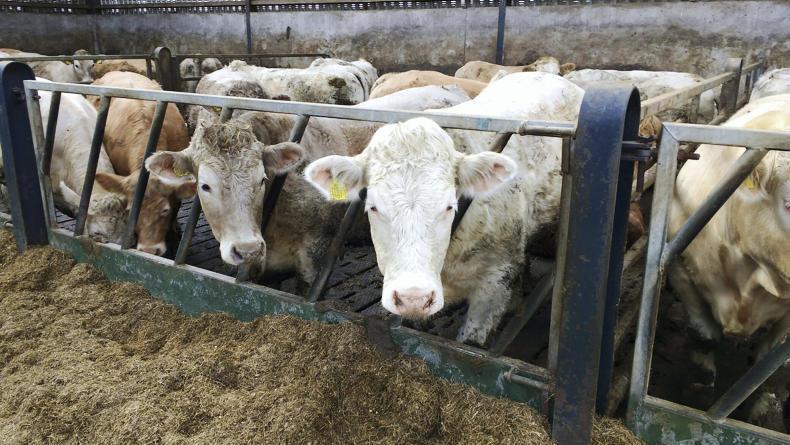

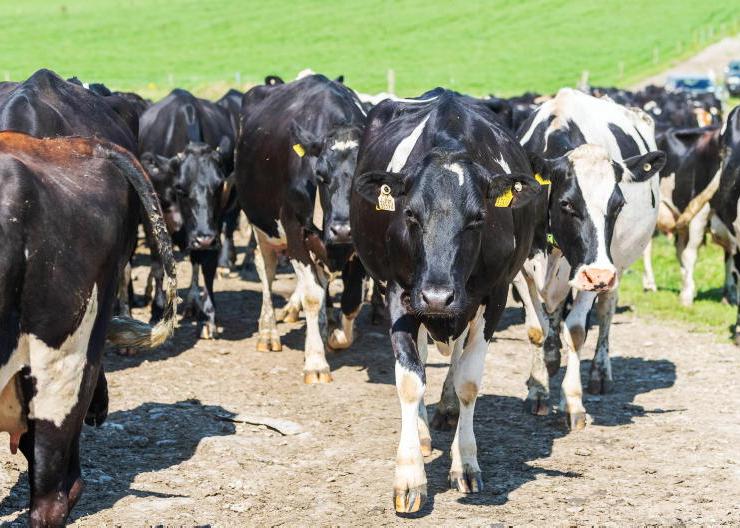

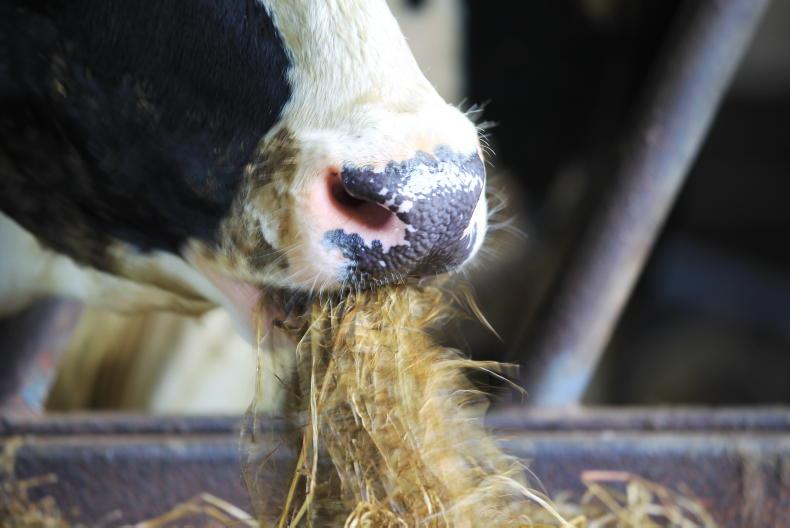
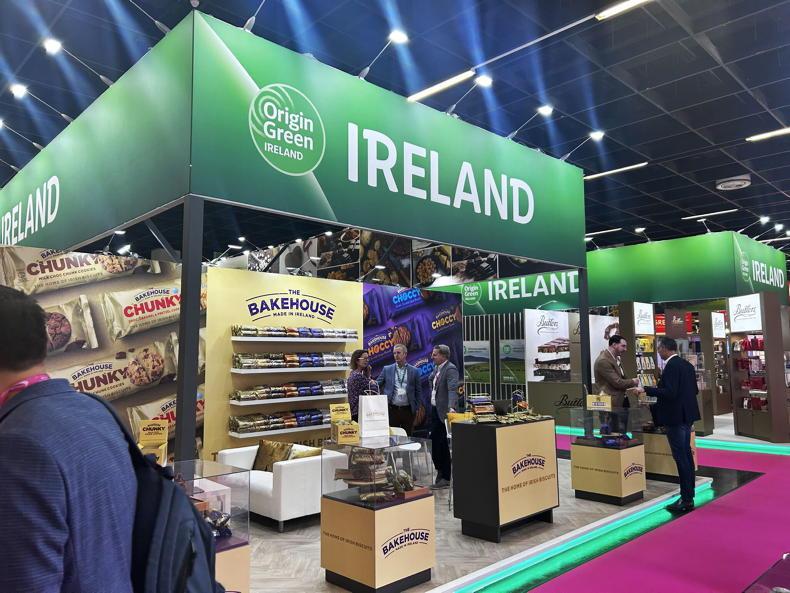
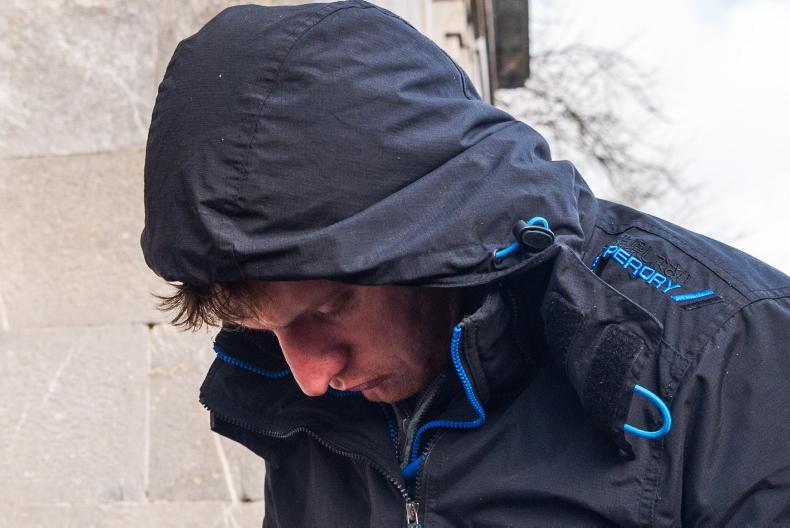
SHARING OPTIONS